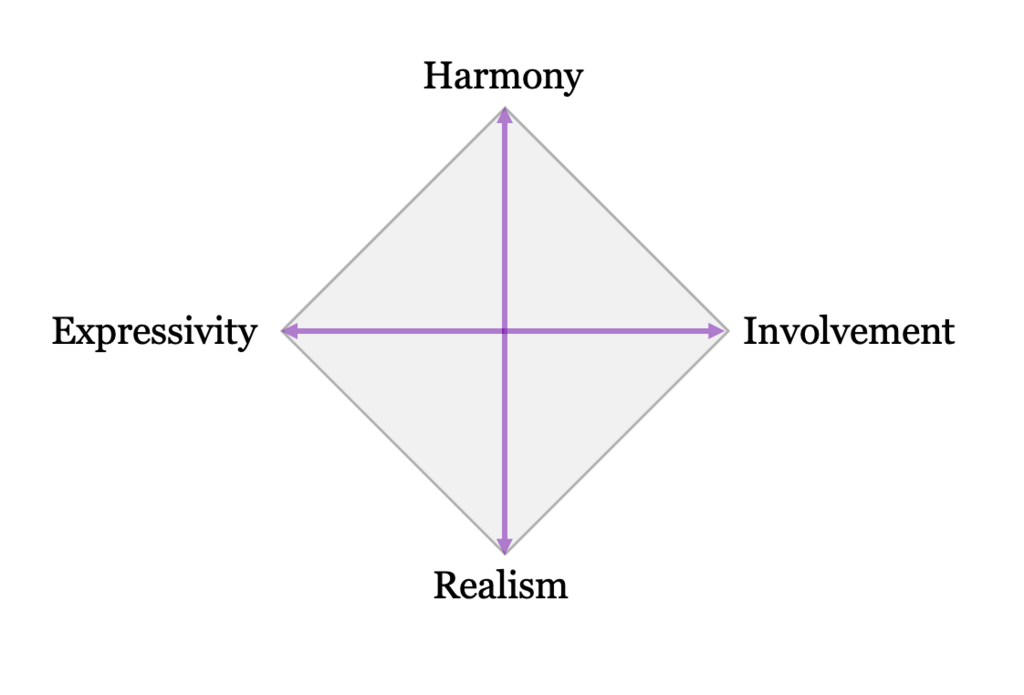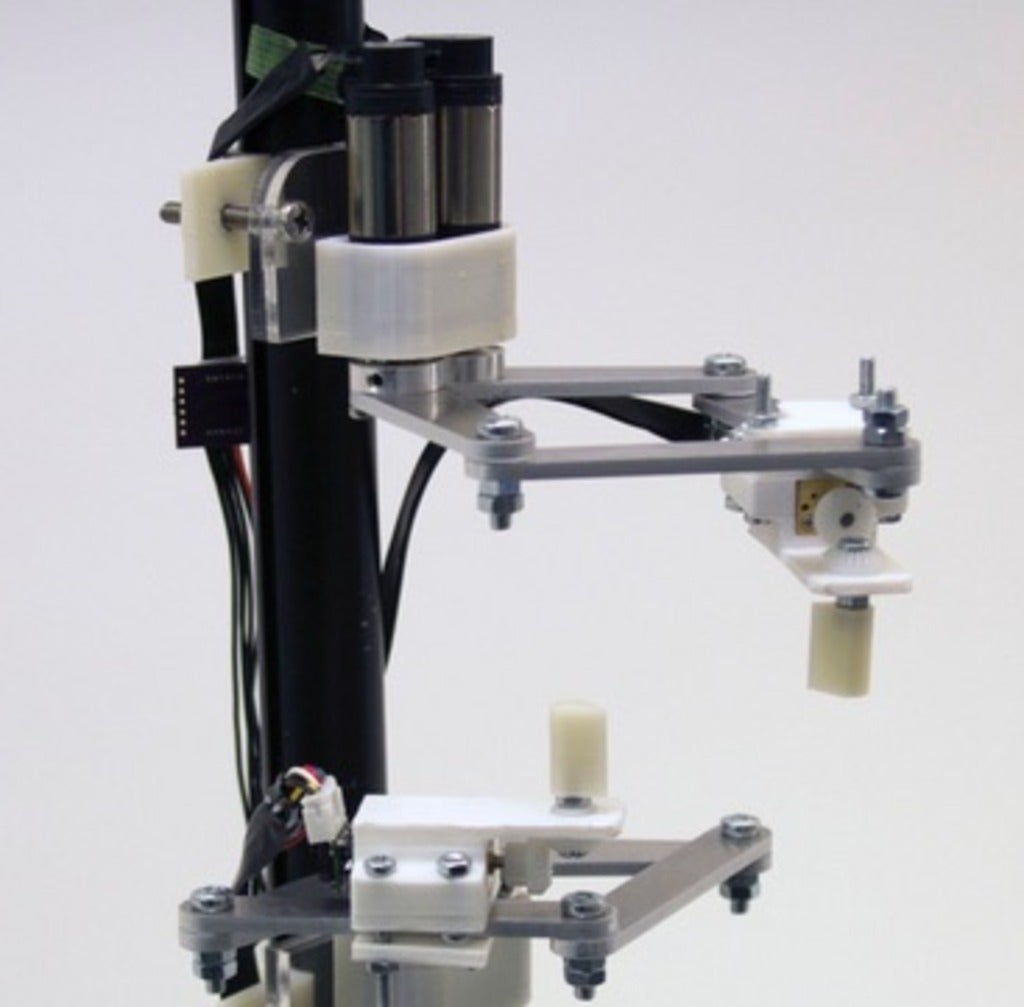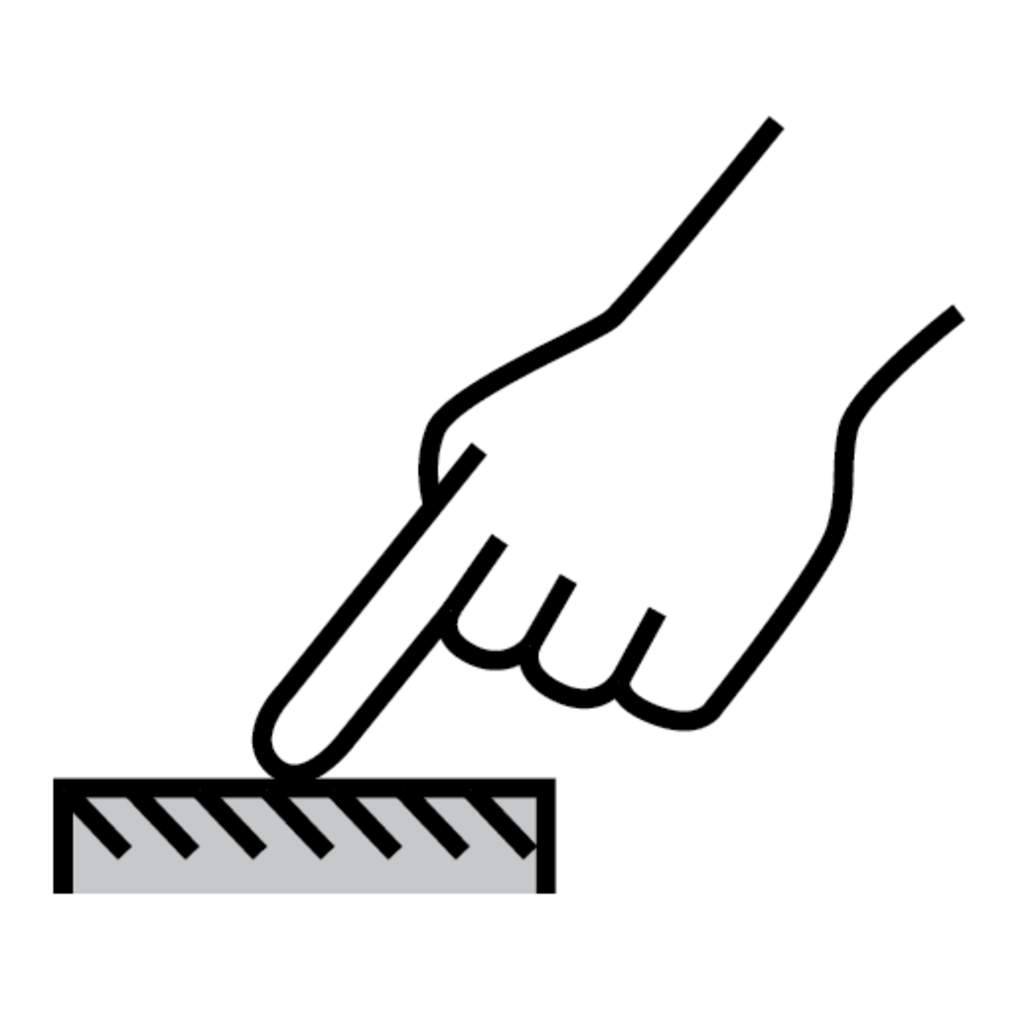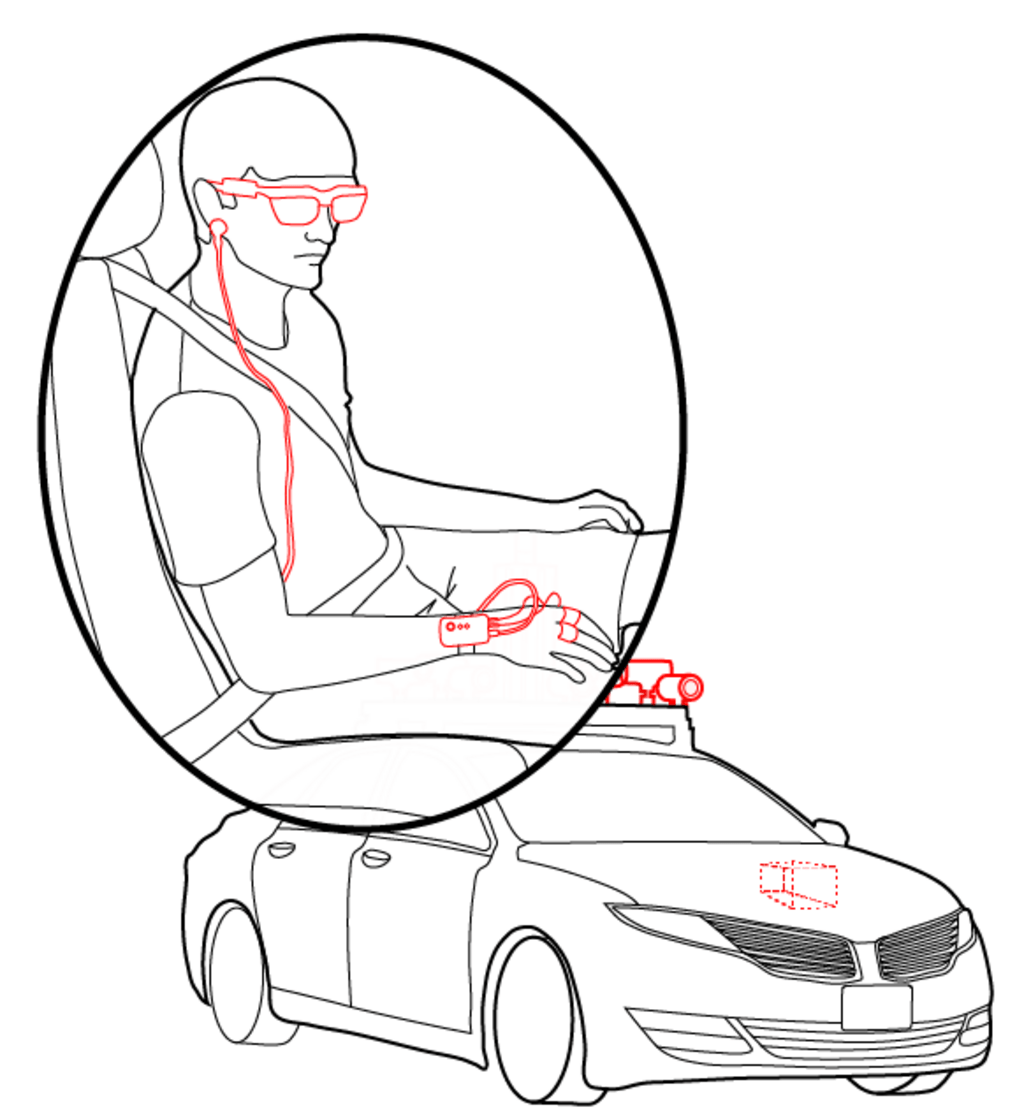We contribute a technical solution to reduce print time and material with unmodified fused deposition modelling printers. The approach uses ad-hoc objects inserted by a user during printing as a replacement for printed support of overhanging structures. Examples of objects include household items like books, toy bricks, and custom mechanisms like a screw jack. A software-only system is integrated into existing slicing software to analyze generated support print paths, search a library of objects to find suitable replacements, optimize combinations of replacement objects, and make necessary adjustments to impacted printing layers and paths. During printing, the user is prompted to insert objects with the help of lightweight printed holders to guide placement and prevent movement. Instructions printed on the build-plate help identify and position objects. A technical evaluation measures performance and benefits with different sets of ad hoc objects and different levels of user involvement.
Projects - search
Filter by:
With visual and audio design, designers often use a large library of examples for inspiration, supported by intelligent
systems like recommender systems. In this work, we explore how recommender systems can work when designing mid-air haptic sensations. We contribute a corpus of 10,000 mid-air haptic designs (500 hand-designed sensations augmented 20x to create 10,000). Our user study with 12 participants suggesting that the tool enables people to quickly explore design ideas and experience them immediately.
We build upon our current efforts to describe and measure Haptic Experience (HX) using scale development.
We build upon the recent Haptic Experience (HX) model and report on progress towards measuring the five foundational constructs for designing haptic experiences.
We adapt terminology from game design to haptic feedback, defining haptic embellishments (HEs) and juicy haptics, and provide the first evidence that vibrotactile feedback can improve measures of player experience (through the PXI scale).
We present a software system for 3D printing that replaces infill material with scrap to reduce material and energy consumption. Using this system, you can insert unused 3D prints, household waste like coffee cups, and off-cuts from other projects into a 3D printed object.
We offer a definition of haptic experience (HX), the user experience particular to haptic technologies, and a model for both experiential dimensions and usability requirements for creating a good haptic experience.
We studied how novice hapticians - engineers and designers with little haptics experience - designed multisensory haptic experiences, and through their successes and challenges, found out more about the haptic experience design process: design choices, activities, and success strategies.
DualPanto is a haptic device that enables blind users to track moving objects while acting in a virtual world.
Haptic Experience Design (HaXD), the process of designing for touch, is extremely challenging but poorly understood. We interviewed professional hapticians to develop a first description of HaXD, identify critical barriers to design, and several recommendations for future support tools.
Autonomous vehicles have been rapidly progressing towards full autonomy using fixed driving styles, which may differ from individual passenger preferences. Violating these preferences may lead to passenger discomfort or anxiety. We studied passenger responses to different driving style parameters in a physical autonomous vehicle.










